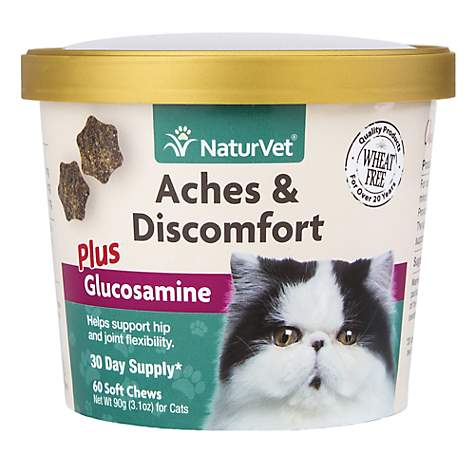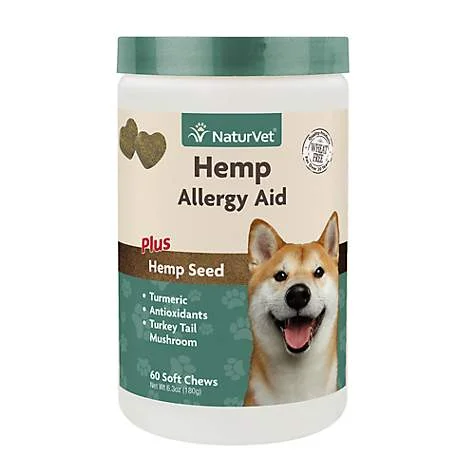Animals Self-Medicating
/Animals in the wild and herbs:
A reference the vast majority of individuals with Feline companions will be aware of is how Cats draw to eating grass, Dogs can also be known to perform this behaviour. The most interesting fact is there is no known validated reason for this, it is presumed due to its ability to influence positively on their digestion, however this remains unproven.
Many species of animals have established their own effective ‘pharmacies’ of botanical ingredients that are available right here in nature. Chimpanzees, Elephants, Birds, Lizards and Bees all share a common survival traits in that they all have the capacity to ‘self- medicate’. These animals actively source and eat materials that relieve illness, reduce pain, prevent disease, eradicate parasites such as worms, viruses, bacteria or to facilitate digestion. The medical science of animals ‘self-medicating’ is termed ‘zoopharmacognosy’ deriving from the ‘Zoo’ (animal) ‘Pharma’ (Drug) and ‘Gnosy’ (Knowing). It is uncertain how much is actually associated with learnt behaviour or self-preservation, but animals seem to have harnessed a very innate ability to distinguish and differentiate between plants that have active constituents of benefit.
Chimpanzees have been observed in the wild teaching their young self-medicating principles. This practice is developing more attention and interest to those in the Veterinary and Botanical industries, the more research conducted the more awareness of this practice is seen among the whole animal kingdom. A variety of animals, insects and birds actively scout herbs, trees and plants when they require a remedy.
• A variety of Carnivorous animals in particular Elk, Deer, Bears and Apes have been observed consuming medicinal plants in attempt to self-medicate various conditions.
• Some Lizards have been observed in response to a venomous snake bite to consume a particular root to counteract the toxic effects of the venom
• Ethiopian Baboons consume leaves of a particular plant to eliminate the flatworms responsible for Schistosomiasis
• Even fruit flies have been shown to preference particular trees high in ethanol to lay their eggs to deter parasitoid wasps, a defensive measure to ensure survival of future generations
• Some Caterpillars when struggling with parasite infestation will intentionally consume a poisonous plant in attempt to kill the infestation
• Ants are known to incorporate Resin in their nests in an attempt to ward off microbe infestations
• Sheep have been shown to draw to plants high in Tannins when they have worm infestation, the Tannin content assists with killing digestive worms
• Many animals particularly Green and Red Macaws will consume clay to benefit the digestion process, in particular for antibacterial properties
• Brazilian Spider Monkeys have been observed in response to breeding timings to consume particular plants to either harness or reduce fertility
• Pregnant Lemurs have been shown to eat Fig and Tamarind bark and leaves to assist with milk production and eliminating parasites, all in favour of a healthy birth
• Pregnant Kenyan elephants have been shown to draw to particularly tree leaves when necessary to induce labour
It is estimated researcher have observed this animal self- medicating behaviour in 25 regions incorporating over 40 different plants!
References:
Shurkin. J. 2014. Animals that self-medicate. National Center for Biotechnology Information
<https://www.ncbi.nlm.nih.gov/pmc/articles/PMC4267359/>
Villalba. J, Provenza. F & Shaw. R. (2006). Sheep self-medicate when challenged with illness-inducing foods. Animal Behaviour. 71. 1131-1139.
<https://www.researchgate.net/publication/222233064_Sheep_self-medicate_when_challenged_with_illness-inducing_foods>
de Roode JC, Hunter MD. 2019.Self-medication in insects: when altered behaviors of infected insects are a defense instead of a parasite manipulation. Curr Opin Insect Sci. 2019;33:1-6.
<https://pubmed.ncbi.nlm.nih.gov/31358187/>





























